mamarazzi_hrd
TPF Noob!
- Joined
- Jun 30, 2008
- Messages
- 87
- Reaction score
- 0
- Location
- Kentucky
- Can others edit my Photos
- Photos OK to edit
Your in camera meter meters ambient regardless of what's connected to it. As long as you have the Flash Exposure Sorrection (FEC) set for the scene, the flash will fire based off of several things like aperture and focal length of the lens. Shutter speed has not a lot to do with flash photography unless you start talking about sync speeds.
So if you were to expose properly via the in camera meter and use the flash, you'd get a photo with everything exposed correctly and then a correct exposure from the flash as well.
Awesome! Thanks for not beating me over the head! Some forums I have used in the past - they would rip me apart and tell me to just give up. I love this forum!!!!!
One more......does this work the same with studio strobes?


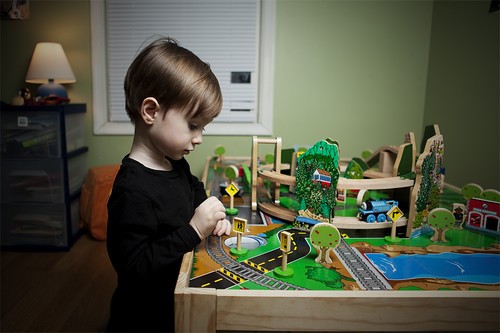
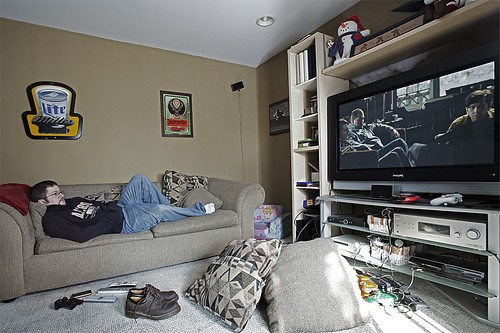
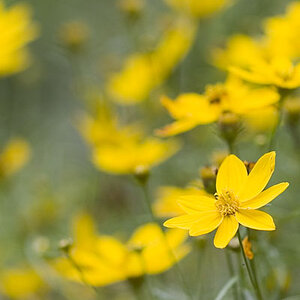
![[No title]](/data/xfmg/thumbnail/31/31034-2d8812b75c0bd23fdc2c885c24194e1f.jpg?1619734580)
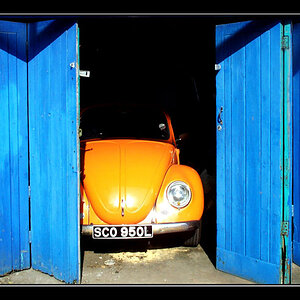
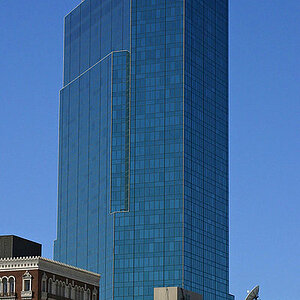
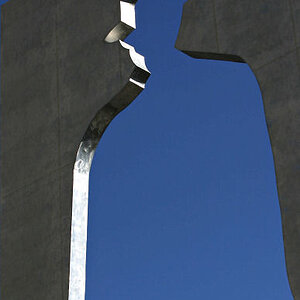
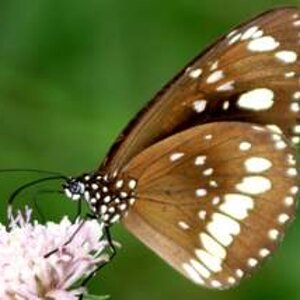
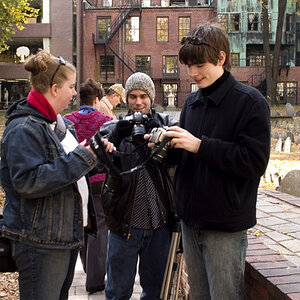

![[No title]](/data/xfmg/thumbnail/41/41929-26c4134c150c4c6befd5f544a5223aaf.jpg?1619739946)
![[No title]](/data/xfmg/thumbnail/41/41930-3f8741ecabbbfd4d67ade3e339078814.jpg?1619739946)
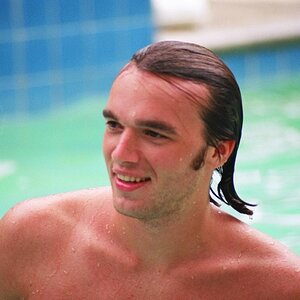
![[No title]](/data/xfmg/thumbnail/31/31042-2fcf80c8987688129be89876d12ba006.jpg?1619734584)